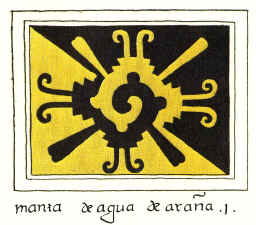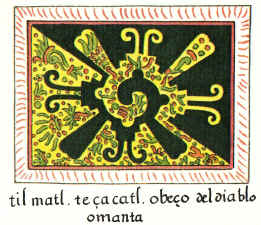#EdibleInvasivesNE #ForageNewEngland #WildFoodNE #InvasiveEatsNE #NewEnglandForaging
New England is home to a diverse array of plant species, both native and non-native. Unfortunately, some non-native species have become invasive, spreading rapidly and outcompeting native plants. Despite the negative impact that these invasive species can have on the local ecosystem, many of them are also edible and have become popular among foragers and wild food enthusiasts.






There are several invasive plant species in New England that are also edible, including:
- Garlic Mustard (Alliaria petiolata): This invasive species is native to Europe and is now found throughout much of North America, including New England. The leaves, stems, and seeds of garlic mustard are edible and have a strong garlic flavor.
- Japanese knotweed (Fallopia japonica): This invasive species is native to East Asia and was introduced to the United States as an ornamental plant. The young shoots of Japanese knotweed can be harvested in early spring and cooked as a vegetable, while the mature stems are fibrous and not edible.
- European bittersweet (Solanum dulcamara): This invasive species is native to Europe and is now found throughout much of North America. The fruit of European bittersweet is edible and has a slightly bitter taste.
- Wild leek (Allium tricoccum): Also known as ramps, wild leeks are a type of wild onion that are native to the eastern United States and Canada. They are often found in woodlands and are a popular spring edible plant in New England.
- Water Chestnut (Trapa natans): Invasive plant species native to Asia, now found in many parts of the world including New England. Edible bulb with a crunchy texture and nutty flavor. Often used in Asian cuisine, particularly in stir-fries and soups.Can have negative impacts on local aquatic ecosystems by forming dense mats and altering water quality. Consuming water chestnuts should be approached with caution and consideration for their environmental impact.
- Hosta Sprouts: Widely cultivated ornamental plant species native to Asia, now naturalized in many parts of the world including New England. Young leaves and sprouts are edible and have a mild, slightly sweet flavor. Often used in salads, stir-fries, and soups.Can have negative impacts on native ecosystems by spreading and dominating the understory of forests. Consuming hosta sprouts should be approached with caution and consideration for their environmental impact.
It’s important to note that while these plants are edible, they can have negative impacts on the local ecosystem, so it’s best to limit your harvesting and to consider other non-invasive alternatives for your meals. Additionally, some of these plants can have toxic relatives, so make sure you have accurately identified the species before consuming it.
While it can be tempting to incorporate invasive plant species into our meals, it’s important to consider the environmental consequences of consuming these species. Harvesting these plants can further their spread and harm the local ecosystem. As foragers and consumers, we have the power to promote sustainability and protect the natural environment by seeking out and consuming non-invasive plant species instead. By being mindful of our foraging and eating habits, we can help maintain the balance of our natural environment and preserve the beauty and diversity of New England’s flora for future generations to enjoy.

















